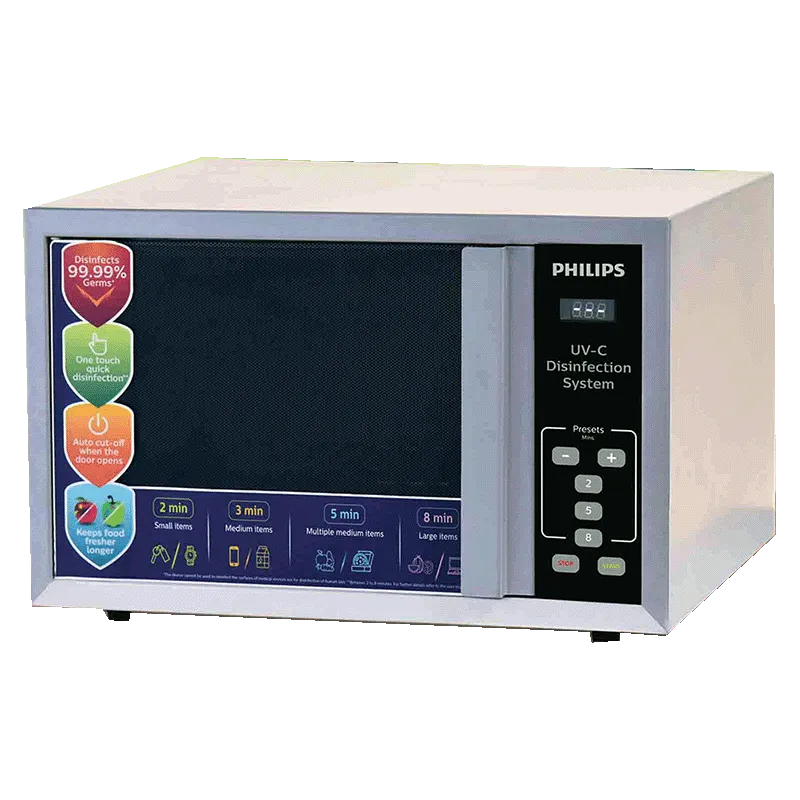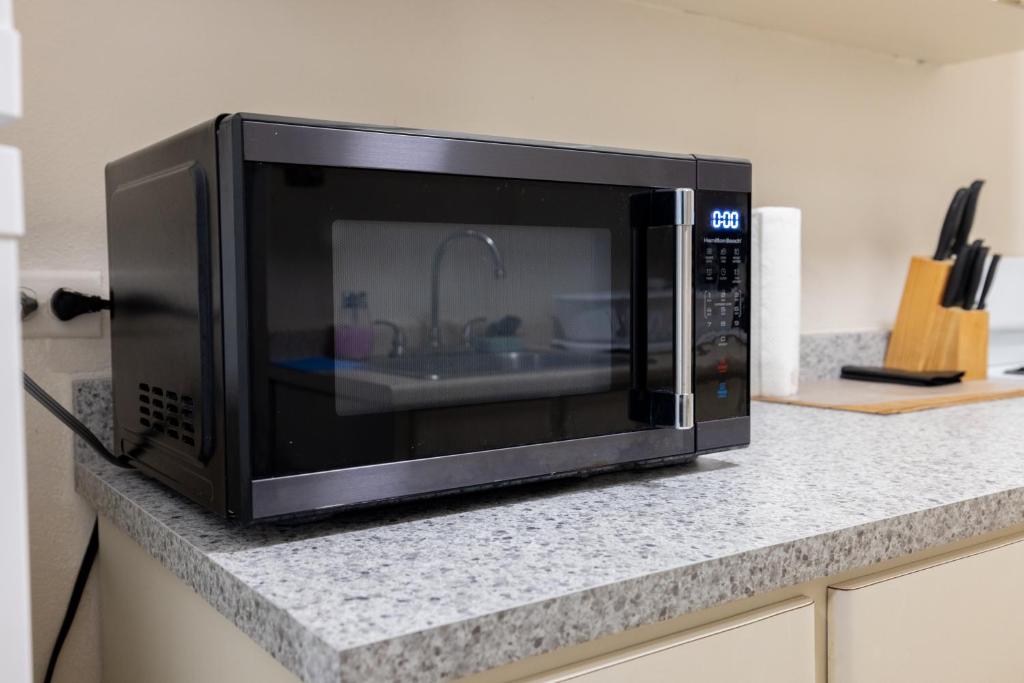Introduction:
Over-the-stove microwaves, also known as over-the-range microwaves, are popular kitchen appliances that combine the functions of a microwave with a ventilation system. These microwaves are designed to be installed above the stove or cooktop, serving the dual purpose of cooking and venting odors, smoke, and steam. In this article, we will explore how over-the-stove microwaves are vented, discussing the various ventilation options available and the steps involved in venting the microwave. Understanding the venting process of over-the-stove microwaves can help homeowners make informed decisions when installing these appliances in their kitchens.

How are over the stove microwaves vented?
Ventilation Systems in Over-the-Stove Microwaves:
Over-the-stove microwaves are equipped with built-in ventilation systems that help to remove odors, smoke, and steam generated during cooking. These systems typically consist of a fan and a filter. The fan draws in the air from the cooking surface, and the filter traps grease and other particles before venting the air outside or recirculating it back into the kitchen.
Types of Venting Options:
Over-the-stove microwaves offer two primary venting options: external venting and recirculating venting. The choice of venting option depends on the kitchen’s layout, the availability of external ventilation, and personal preferences.
a. External Venting: External venting, also known as ducted venting or venting to the outside, involves connecting the microwave’s ventilation system to an external duct or exhaust vent. This option is ideal when there is an existing ductwork or access to an exterior wall or roof where the duct can be installed. The duct carries the air, odors, and moisture from the microwave to the outside, effectively removing them from the kitchen.
b. Recirculating Venting: Recirculating venting, also referred to as non-ducted or ductless venting, does not require an external duct or exhaust vent. Instead, the air from the microwave passes through a filter that traps grease and other particles. The filtered air is then recirculated back into the kitchen. This option is suitable when external venting is not possible or when homeowners prefer not to install ductwork.
Steps in Venting an Over-the-Stove Microwave:
The process of venting an over-the-stove microwave involves several steps, regardless of the chosen venting option. These steps may differ slightly depending on the specific model and manufacturer’s instructions. Here is a general overview of the venting process:
a. Preparation:
Ensure that the chosen location for the microwave meets the manufacturer’s specified clearance guidelines from the stove or cooktop.
Check for any existing ductwork or exhaust vents that can be used for external venting, if applicable.
If installing a new external vent, determine the best path for the ductwork, considering local building codes and regulations.
b. Mounting the Microwave:
Follow the manufacturer’s instructions for mounting the microwave above the stove or cooktop. This typically involves securing the mounting plate to the wall and aligning the microwave with the plate.
Double-check the alignment and stability of the microwave before proceeding.
c. Venting Configuration:
Determine the desired venting configuration based on the available options (external or recirculating) and the kitchen’s layout.
Follow the manufacturer’s instructions for configuring the venting system. This may involve installing a damper or adapter for external venting or attaching the appropriate filters for recirculating venting.
Maintenance and Cleaning:
Proper maintenance and cleaning are essential to ensure the efficient operation of the ventilation system in an over-the-stove microwave. Regular maintenance tasks include:
Cleaning the grease filter(s) regularly to prevent blockages and maintain optimal airflow. Most filters can be easily removed and cleaned with warm, soapy water or placed in the dishwasher.
Checking and cleaning the exhaust vent or duct termination point (for external venting) to remove any debris or obstructions that may impede airflow.
Removing and cleaning the microwave’s interior surfaces, including the cavity, turntable, and walls, to prevent the buildup of grease, odors, and other residue.
Following the manufacturer’s guidelines for filter replacement, as filters may become less effective over time and require periodic replacement.
Professional Installation:
While many homeowners may choose to install an over-the-stove microwave themselves, professional installation is also an option. Hiring a professional can ensure proper mounting, venting, and electrical connections, especially when dealing with complex venting configurations or new ductwork installations. Professional installers have the expertise to handle any challenges that may arise and can provide guidance on optimal venting solutions for specific kitchen layouts.
Conclusion:
Over-the-stove microwaves offer the convenience of cooking and ventilation functions in one appliance. These microwaves can be vented through external venting or recirculating venting options. External venting requires ductwork to connect the microwave’s ventilation system to an external exhaust vent, while recirculating venting uses filters to trap grease and particles before recirculating the air back into the kitchen. The process of venting an over-the-stove microwave involves careful preparation, mounting, venting configuration, ductwork installation (for external venting), electrical connections, and final adjustments and testing. Regular maintenance and cleaning are essential for optimal performance, and professional installation is an option for those who prefer expert assistance. By understanding the venting process of over-the-stove microwaves, homeowners can make informed decisions and ensure proper installation and functionality of these appliances in their kitchens.

